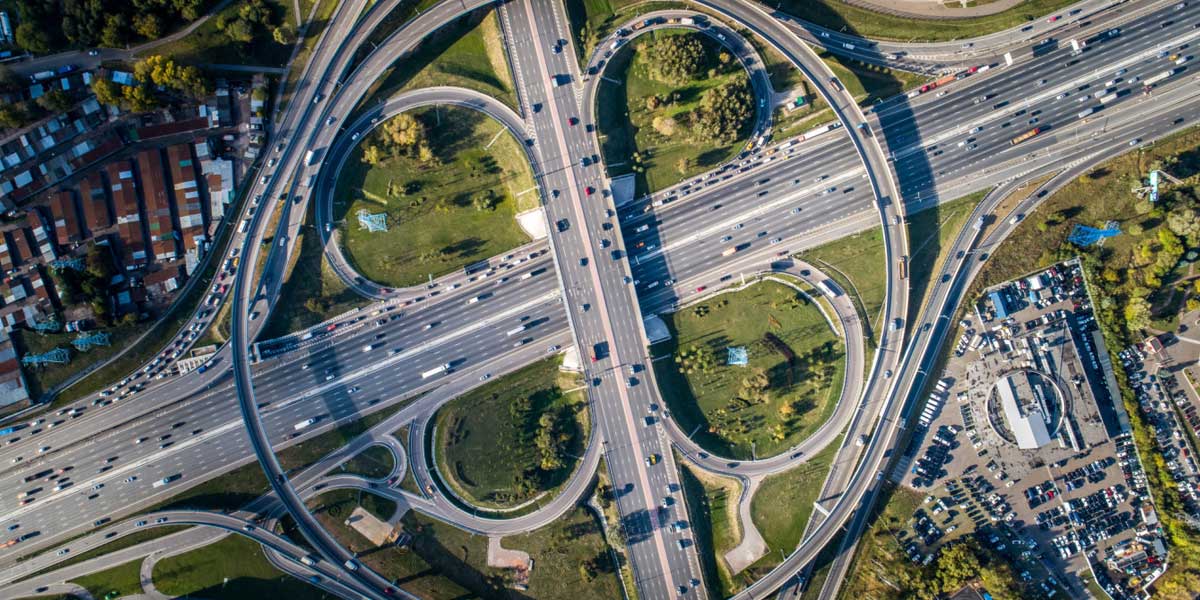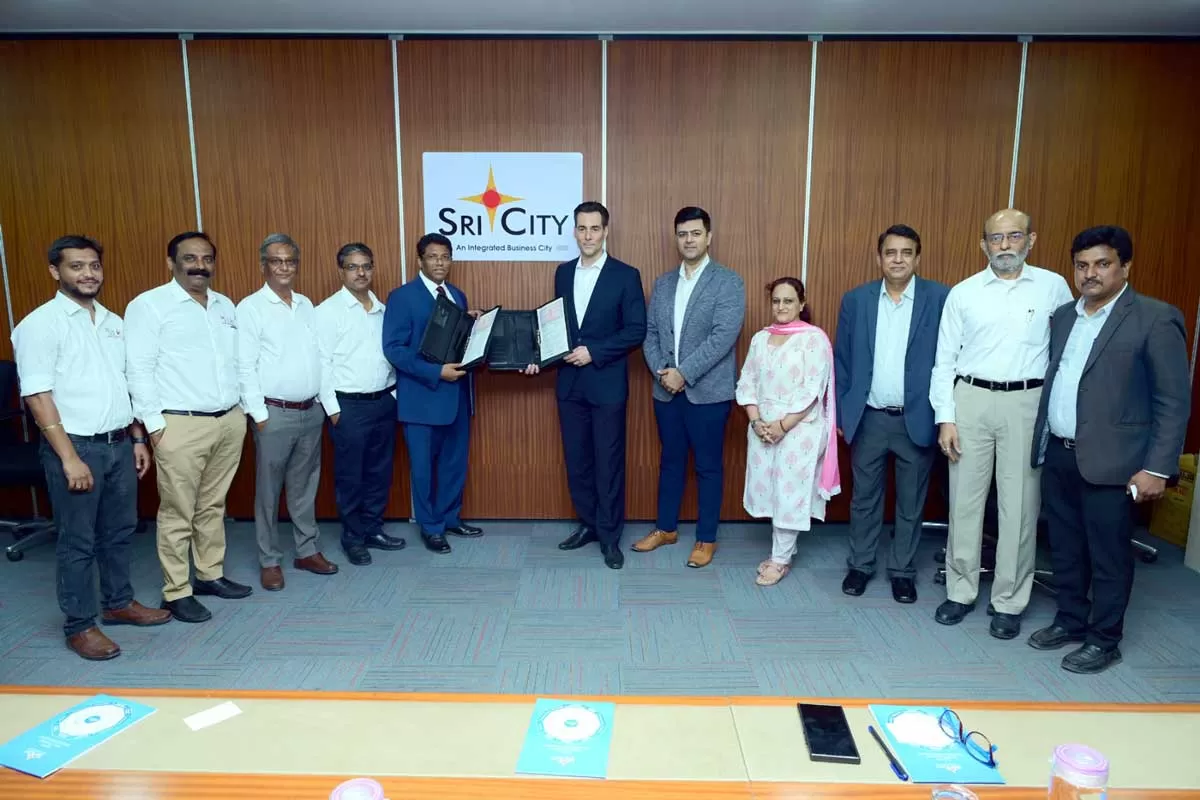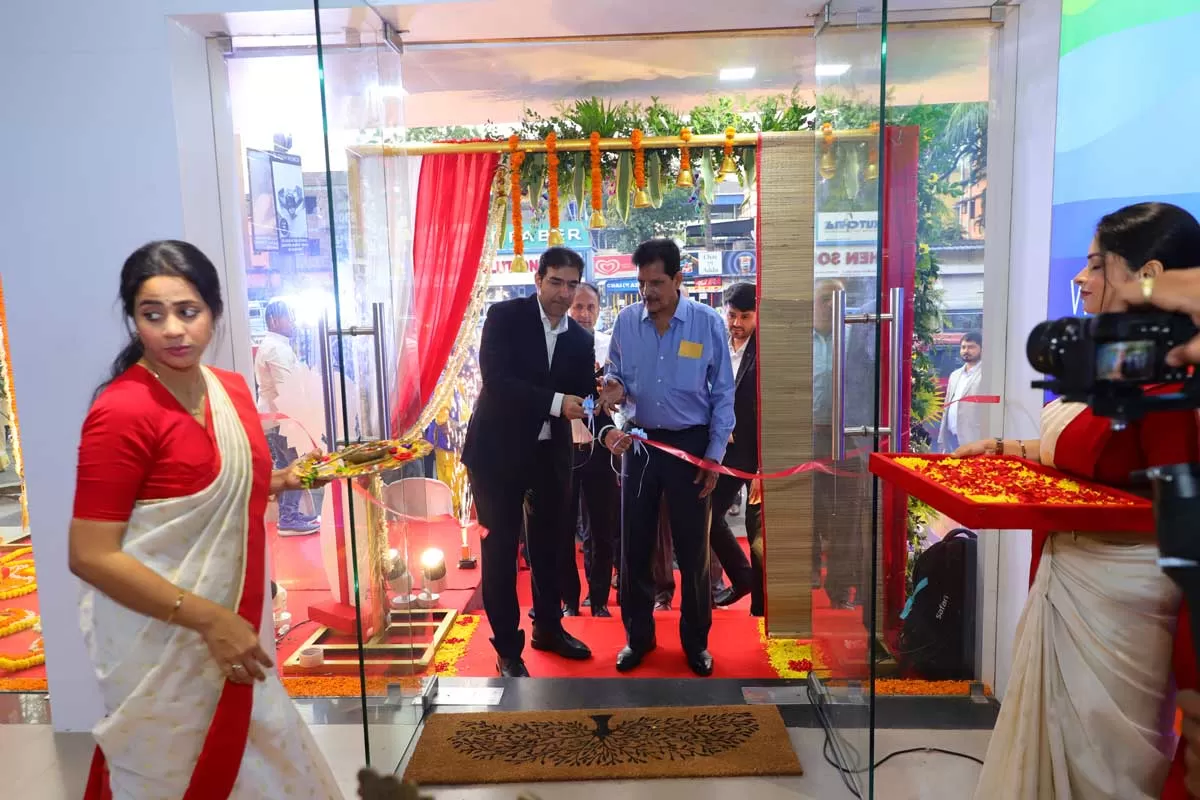The Indian economy is currently looking at its fourth recession since independence. With the country and world reeling under the impact of the coronavirus pandemic, the Indian economy is expected to grow at -10.3 per cent (i.e., a contraction) in 2020 as per the International Monetary Fund (IMF). While everything is in the state of pandemonium, the question arises: How do we get back on the path to recovery?
National Infrastructure Pipeline (NIP) providing a timely stimulus
These are some unprecedented times and every country in the world is looking at various mechanisms to revive the economy and kick start growth once again. What is unique is that we are in a similar pandemic after 100 years, and this is coupled with some geopolitical situations as well.
Amid this scenario, pointing at the three ways in which the economy can be revived, Amit Sharma, Managing Director, Tata Consulting Engineers, says, “If we were a country with a currency that was global and tradable, we would trade some more like the US Dollar or the British Pound; else if we had rate structuring in our hand with less debt we would have done that; third, and most important is infrastructure, which is primarily spent by the government.” While the first two ways pointed out by Sharma is not a sweet spot for India, the policy-makers and the government in the centre along with the private sector is keen to look at the third, which is infrastructure. “And over the years,” Sharma adds, “India’s growth trajectory, wherever it went up, was led by infrastructure.”
Of course, there is a need to rebalance this infrastructure growth. Sharma mentions, “Having dependence more internally. Look at a glocal rather than a complete global outlook that has been there in the last two decades. Here is a time where firms and countries are being local, and hence, NIP is a fantastic initiative that combines all these ministerial activities into a single outlook with the DEA and Ministry of Finance.” And, if one is to look at an outlay of 1.7 trillion over the next five to six years, though 40 per cent of it is under execution, challenges would be multi-fold. Sharma lists:
First, from a funding and financial perspective of these mega projects, we would have to be clear in terms of segregation between governments – central and state, private and of course PPP in a different shape and manner including the funding in the lending agencies, be it World Bank or JICA. We must have strong governance and understand the interplay between these projects. When the smart city initiative was started about six to seven years back, we started having proper urban planning at a city level. And, NIP brings it at a country level.
Second would be the structuring and the governance around project execution and structuring and the whole review mechanism to make realistic timelines possible with interplay between these projects. We should not look at these projects in isolation. That results in rework and delays, and especially financial complications of large funded projects; it gives ambiguity to the players involved from a Capex and Opex because of the total cost of ownership.
Third, talent must be leveraged in India, and under Atmanirbhar Bharat, focus on local talent, which has done brilliant in the last two decades in the IT sector. In the construction sector, we have had a segmented approach to projects. India has one of the best talents available and with the right tool sets and talent that we have – young as well as experienced – we must look at benchmark projects. Also, we must abolish L1. No country in the world will get excellence in benchmark with L1.
Fourthly, to excite our talent we must leverage digital in a big way. COVID has shown us the power of digital and if we can embrace this in our world of infrastructure, construction and design, I think many projects will get on time and be more transparent, will have best-in-class tools and techniques and use of various tool sets to ensure that the projects happen in speed.
Fifth: Speed, speed and speed. If COVID has shown us innovative ways to continue doing our business despite all hindrances, we must learn from this and transfer this to embrace building information model, 4D, simulations of construction, and all digital technologies because it will excite the youth. If done with speed, digital, proper governance and financials and with best talent in India, it can open lot of doors.
Innovative funding models and greater technological integrations for NIP
Speaking of NIP, with the private sector completely out of making any investments, the state’s being fiscally strap; the burden is coming on the Centre to rise up to fund the infrastructure aspirations of the country.
The private player taking a backseat is a temporary feature, says Subodh Dixit, Executive Director, Shapoorji Pallonji Engineering & Construction. He gives the example of the national infrastructure development plans – be it highways, dedicated corridors, or freight corridors, the government’s plan to create private dedicated passenger corridors as well as private corridors for coal handling plants. The land available along these routes will give immense possibility and opportunity to private players to develop smart areas.
“Once this corridor opens,” Dixit says, “fundamentally be it the private sector, FDI or any other venture capitalist putting money into the business infrastructure, is going to play a big role. So, the government’s impetus towards infrastructure in the next five years, be it Bharatmala or state-related road projects or any other, will make available huge opportunities to the private players to develop around this infrastructure.”
“The focus should be on how we can create new cities,” says Dixit. “Maybe we need to develop around 20-30 more cities somewhere around these routes and corridors where we can spread out in the hinterland, and when there is a new development, every private player is going to gravitate to India and be part of the whole new development story.” Private players always look for opportunities that are developed through various other government initiatives. They are part of the overall development encompassing the entire infrastructure. “Allocation of funds is adequate or no is a matter of debate because all along we have had a federal structure, and an important point is not the funds for the private sector but the funds between the Centre and the state governments,” says Dixit. He further points out to areas where the fund allotment is shared between the Centre and the state. For instance, Pradhan Mantri Awas Yojana, other water supply schemes or irrigation schemes, or for that matter, resell plans coming up in certain areas along the coast, these all involve state government and central government partnership into funds allotment.
Construction equipment sales
Typically, the March of every fiscal is the best month during which construction equipment sales witness a surge in volumes. But this was not the case in FY2020, which lead to relatively higher inventory holding.
Sandeep Singh, Managing Director, Tata Hitachi Construction Machinery Company, says, “We all look forward to the fourth quarter, especially the month of March when we see a big spike in our sales. The year 2020 was an unexpected one: All of a sudden on March 24, we are asked to be shut from next day onwards, and that is the week where most equipment sales take place. Noticeably, sales dropped in the month of March by about 80 per cent, and we were all carrying a huge stock with us.” He adds that the pre-pandemic period too was not the best for the construction equipment industry. The industry was carrying new stock, looking forward to sales in March 2020. “So, May to June was completely closed, sales starting picking up in June, and by July-August, we got into some kind of normal situation. So, till August, we just saw open green shoots and September has been a good month.”
Singh shares, overall in the first six months of 2020, a drop in construction equipment industry sales was close to 50 per cent. “But we have seen good number of enquiries. The government has been pushing road projects, and NIP is an important project,” says Singh. Whatever hurdles existed in terms of allocation of projects, funding, clear land clearances, environmental clearances, NHAI cleared many old dues and came up with good initiatives during pandemic period. “We will see a good March in 2021, this financial year,” Singh is positive.
Mitigating the challenge of labour migration
The construction sector has been deeply impacted, primarily also on account of the large scale labour migration taking place, and construction of metros, roads, urban infra, dams and canals typically require a lot of migrant labour who are unlikely to return anytime soon.
The past pandemic months have been challenging for the construction industry, and especially for companies that have been dominantly present in urban areas. Nalin J Gupta, Managing Director, J Kumar Infraprojects, says, “The industry faced multiple issues in terms of labour migrations. The supply chain was totally disrupted. Pick up in construction activities was slow and liquidity issues existed as well. The situation was so grim that nobody was aware of exactly where we are leading to.”
But the situation seems positive now. Gupta says, “Supply chains have normalised with timely government interventions and by allowing inter-state transportation. In the case of labour as well, it seems like a matter of the past where we used to feel that we do not know when this labour issue would be solved.” Labour issues have been sorted, though there were challenges of getting labours through aircrafts, through special coaches being attached with railways, by buses, roads, and all means that could have been tried. Gupta says, “The labour issue was the biggest traumatic situation, which we all were into and that has been taken care of and so today I am quite positive, especially with the government pumping in so much works for metros, flyovers, roads, national highways, and building projects. Several projects are in the pipeline, and to take care of the Indian economy, infrastructure is one of the biggest backbone through which the whole chain can be restarted.” So the government pumping in a lot of money into the infrastructure projects will really revive the economy.
Revival of manufacturing activity
How likely is manufacturing activity to reach pre-COVID levels given that September indicated a strong resurgence?
Sanjay Koul, Managing Director & Director of Manufacturing-India, Timken India, says, “From a swing of producing nothing in April 2020 to almost being overloaded in September, within a short span of five to six months, has been a huge swing.”
For Koul, currently times look positive with sustained demand. “Country of origin, geopolitical issues, optimising supply chain, and a lot of manufacturing is going to happen in India. A lot of imports are going to be stopped, exports will be the focus and consumption is going to happen.” He adds, “We are on the right trajectory. Policy decisions are good. Support from government is positive.”
On can automation can replace labour, Koul responds, “Anything that is repetitive in manufacturing will be taken over by automation.” He shares an instance of a big excavator that needs a two-metre ring. This two-metre ring has to be done on a universal grinder, which roughly takes one to two hours depending on the skill of the operator. Now robotics can get this done in just two minutes!
Atmanirbhar Bharat for the construction equipment industry
Keeping with Atmanirbhar Bharat, can Indian construction equipment industry be a sourcing hub for Middle East and Asian region?
Singh agrees, seeing exports as a good opportunity. “We have been exporting to the tune of 10-15 per cent of our production to the Middle East and Africa. But going forward, we need to be much more cost competitive. Second, some important critical components in manufacturing need to be localised. As volume grows for industry, the focus should be to do more localisation.”
With the way demand is increasing, more localisation will lead to more cost competitiveness, and as Singh says, “we are all looking at exporting through the Middle East, Asia, South East Asia and Africa.” He adds, “Also, in wheeled equipment, we are going to have BS4 April 2021 onwards. So we will be able to export to some other developed countries as well.” Hence, the government has to work and the industry needs to work along with the government to build ‘brand India’.
Restarting capital good production and reviving sector confidenceIf you look at pre-Covid, three four months before that, there were trade barriers being discussed between global powers and geopolitical tensions rising on the trade imbalances. Secondly, we were looking at a lot of value chains disruptions. There were a lot of debates on this and what was missing was a trigger, a burning platform for all this to be relayed out by economies and countries. “And if I contextualise Covid as a catalyst unfortunate,” Sharma says, “bad for humanity but it has acted as a catalyst to really give a burning platform of purpose to re-architecture your supply chain, your carbon emitting and polluting industries and truly doing justice to the sustainable development gaols.”
So, what does it all mean? Sharma says, “We have to realign many supply chains. Industry 4.0 has allowed us to relook at things in a digital manner, to reshape things and do it faster, and in India, which has an issue of employment, not to replace labour, but accelerate our productivity which is many notches below the western and the Asian industrialised nations. So, if we can leverage Industry 4 and the best talent and expand our internal economy itself, your productivity levels will increase be it in manufacturing or construction.”
What could fundamentally change the game for India’s infrastructure? Sharma says, “First is to really rebalance our FDI and FII. Now with our pro manufacturing and localisation focus, there are so many opportunities in healthcare, pharma, speciality chemicals, metal mining, urban infra and transportation hubs, rather than having cities of conveniences of history, we need to create cities of economic growth. And if we balance the FDI and FII, we naturally attract investments both for manufacturing and related construction sector.”
Coming to talent, Sharma adds, “The post-COVID world necessarily will demand an absolute marriage of digital mindset with a physical one. Our leadership, our boards, chief executives, COOs, must all get literate in leveraging technology and see how do we demystify businesses to codify repetitive work. People will think differently and you will innovate better. The second most important part is trust the talent, invest in them and embrace digital to really create innovative outputs. Let lead firms be Indian, with the talent from India, partnering with the best firms in the world to get expertise wherever lacking.
Let’s partner, let’s collaborate! Focusing on these aspects can make India much more vibrant and confident that moves ahead rapidly and strongly post-COVID and shows many other countries the way forward.
- SHRIYAL SETHUMADHAVAN


















